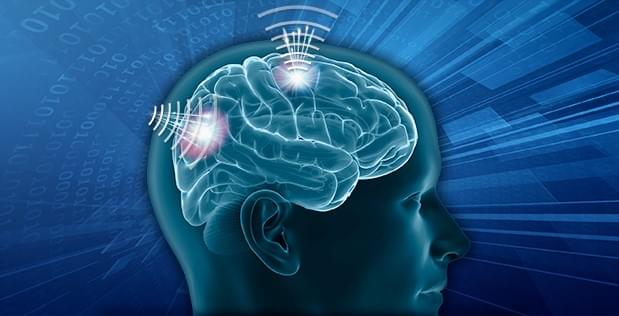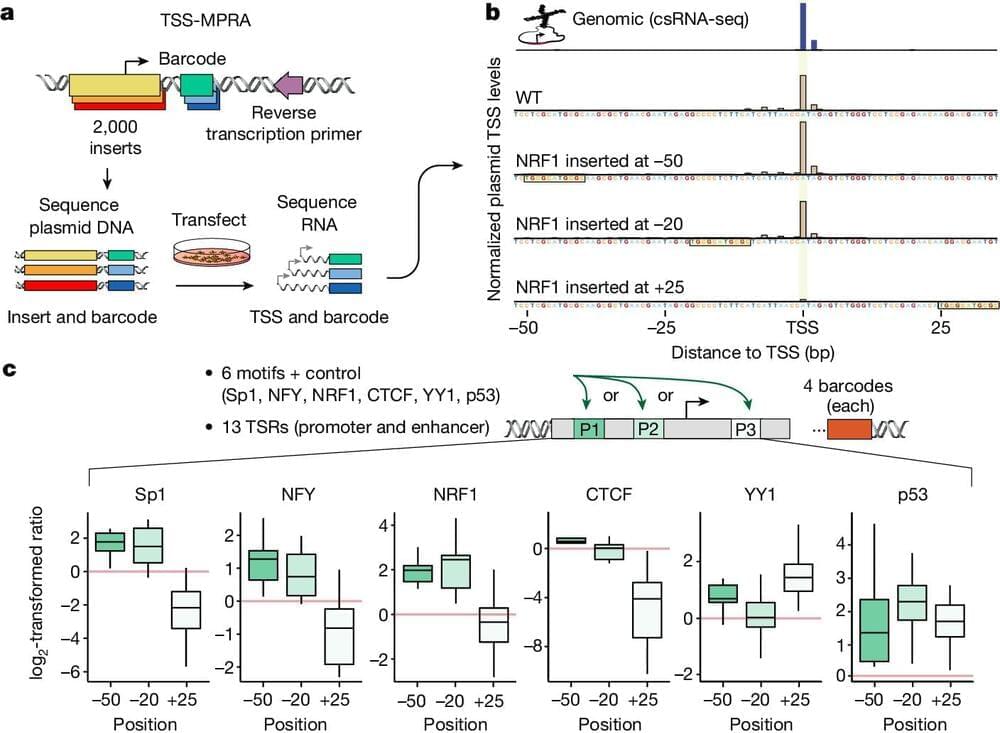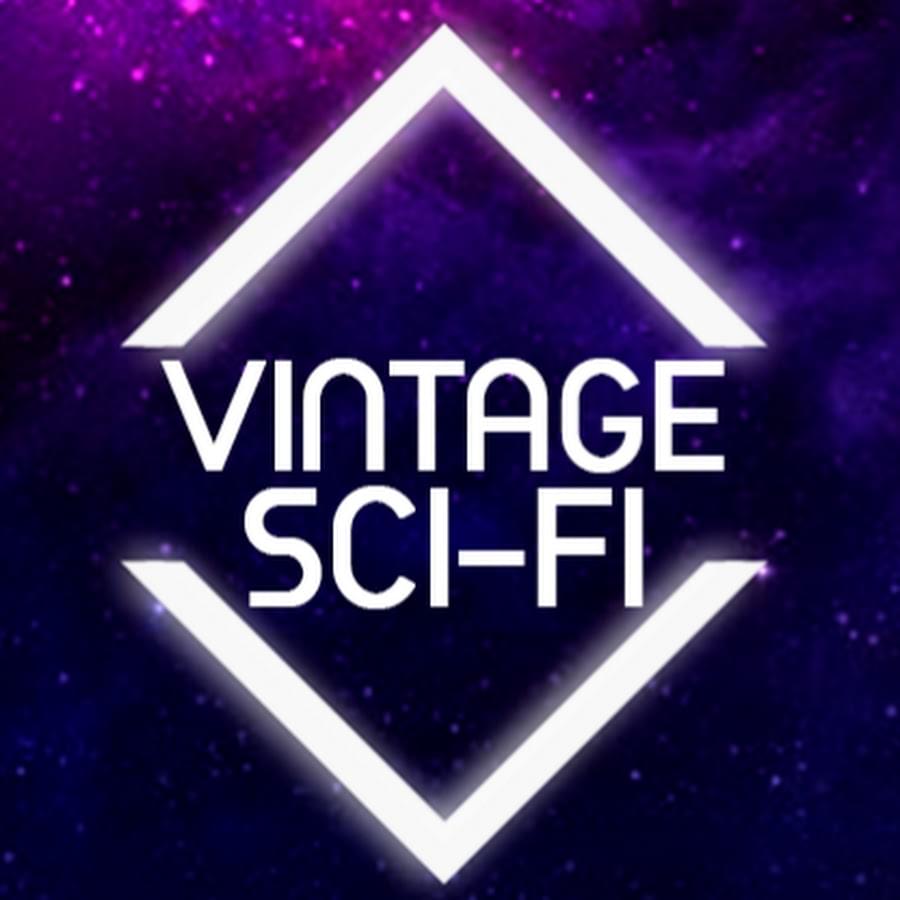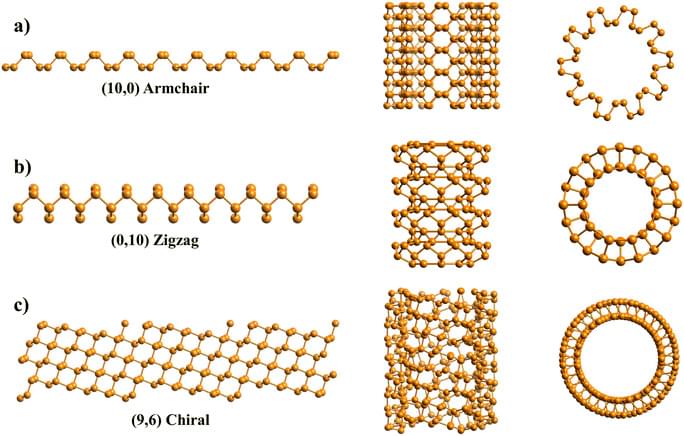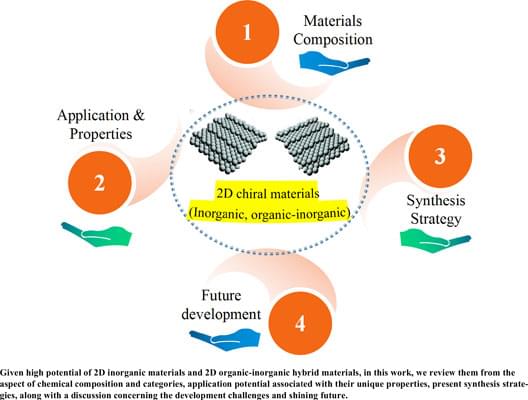The trailer featured quotes from famous film critics panning Francis Ford Coppola’s previous films that appear to be made up by ChatGPT.
Can we build solar-powered EVs that don’t need to be recharged? Technically yes. But this home-built project shows why it’s impractical for the real world.
Noninvasive braincomputer interfaces could vastly improve brain computer control.
Over the past two decades, the international biomedical research community has demonstrated increasingly sophisticated ways to allow a person’s brain to communicate with a device, allowing breakthroughs aimed at improving quality of life, such as access to computers and the internet, and more recently control of a prosthetic limb. DARPA has been at the forefront of this research.
The state of the art in brain-system communications has employed invasive techniques that allow precise, high-quality connections to specific neurons or groups of neurons. These techniques have helped patients with brain injury and other illnesses. However, these techniques are not appropriate for able-bodied people. DARPA now seeks to achieve high levels of brain-system communications without surgery, in its new program, Next-Generation Nonsurgical Neurotechnology (N3).
“DARPA created N3 to pursue a path to a safe, portable neural interface system capable of reading from and writing to multiple points in the brain at once,” said Dr. Al Emondi, program manager in DARPA’s Biological Technologies Office (BTO). “High-resolution, nonsurgical neurotechnology has been elusive, but thanks to recent advances in biomedical engineering, neuroscience, synthetic biology, and nanotechnology, we now believe the goal is attainable.”
A newly discovered code within DNA—coined “spatial grammar”—holds a key to understanding how gene activity is encoded in the human genome.
This breakthrough finding, identified by researchers at Washington State University and the University of California, San Diego and published in Nature, revealed a long-postulated hidden spatial grammar embedded in DNA. The research could reshape scientists’ understanding of gene regulation and how genetic variations may influence gene expression in development or disease.
Transcription factors, the proteins that control which genes in one’s genome are turned on or off, play a crucial role in this code. Long thought of as either activators or repressors of gene activity, this research shows the function of transcription factors is far more complex.
https://www.youtube.com/channel/UCgyNZ7w5w7O714NHkRv5psA/com…mcXHJsFE0r
This story is AMAZING!! The most requested story that we haven’t narrated so far has finally been narrated and you will hear it in the next 24 to 48 hours. The Machine Stops by E. M. Forster.
Organoids, $500/month, last up to 100 days, used by select universities:
Designed by FinalSpark, biocomputers are a more efficient and low-energy alternative for training AI models.
NASA will call on SpaceX to bring home two astronauts who have been stuck on the International Space Station since early June after their Boeing spacecraft ran into several problems midflight, the agency said.
Next generation non surgical neurotechnology.
Defense Advanced Research Projects Agency.
Our Research.
Next-Generation Nonsurgical Neurotechnology.
José M. de Albornoz-Caratozzolo  and Felipe Cervantes-Sodi
and Felipe Cervantes-Sodi 
Universidad Iberoamericana, Physics and Mathematics Department, Prol. Paseo de la Reforma 880, Lomas de Santa Fe, Ciudad de México, Mexico. E-mail: [email protected]; Tel: +52 55 59504275.
Received 5th May 2023, Accepted 30th September 2023.
Recently, two-dimensional (2D) materials have gained immense attention, as they are promising in various application fields, such as energy storage, thermal management, photodetectors, catalysis, field-effect transistors, and photovoltaic modules. These merits of 2D materials are attributed to their unique structure and properties. Chirality is an intrinsic property of a substance, which means the substance can not overlap with its mirror image. Significant progress has been made in chiral science, for chirality uniquely influences a chiral substance’s performance. With the rapid development of chiral science, it became unveiled that chirality not only exists in chiral organic molecules but can also be induced in 2D inorganic materials and 2D organic-inorganic hybrid materials by breaking the chiral symmetry within their framework to form 2D chiral materials. Compared with 2D materials that do not have chirality, these 2D inorganic chiral materials and 2D organic-inorganic hybrid chiral materials exhibit innovative performance due to chiral symmetry breaking. Nevertheless, at present, only a fraction of work is available which comprehensively sums up the progress of these promising 2D chiral materials. Thus, given their high potential, it is urgent to summarize these newly developed 2D chiral materials comprehensively. In the current study, to feature and highlight their major significance, the recent progress of 2D inorganic materials and 2D organic-inorganic hybrid materials from their chemical composition and categories, application potential associated with their unique properties, and present synthesis strategies to fabricate them along with discussion concerning the development challenges and their bright future were reviewed. This review is anticipated to be instructive and provide a high understanding of advanced functional 2D materials with chirality.
Keywords: Chirality, two-dimensional, inorganic, organic-inorganic hybrid, asymmetric, enantioselective, chiral-induced spin selectivity (CISS), photoelectronic, spintronics.


